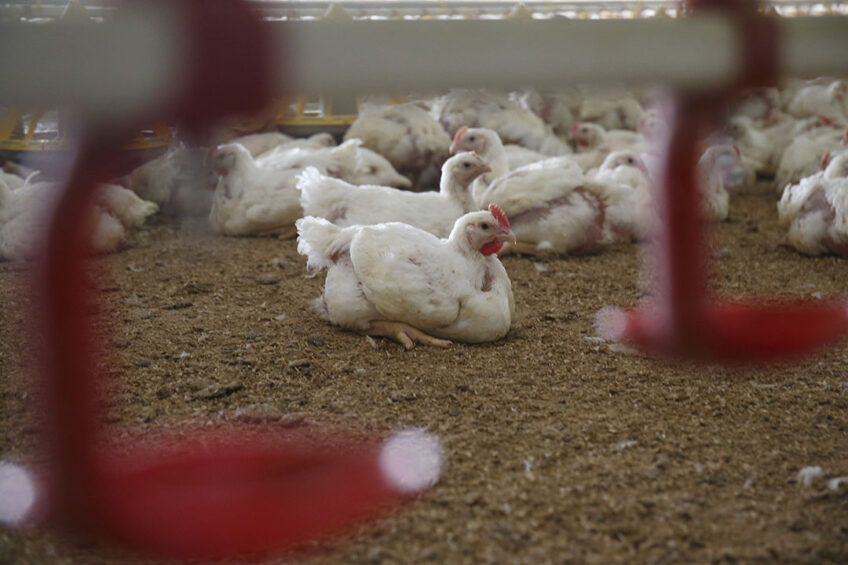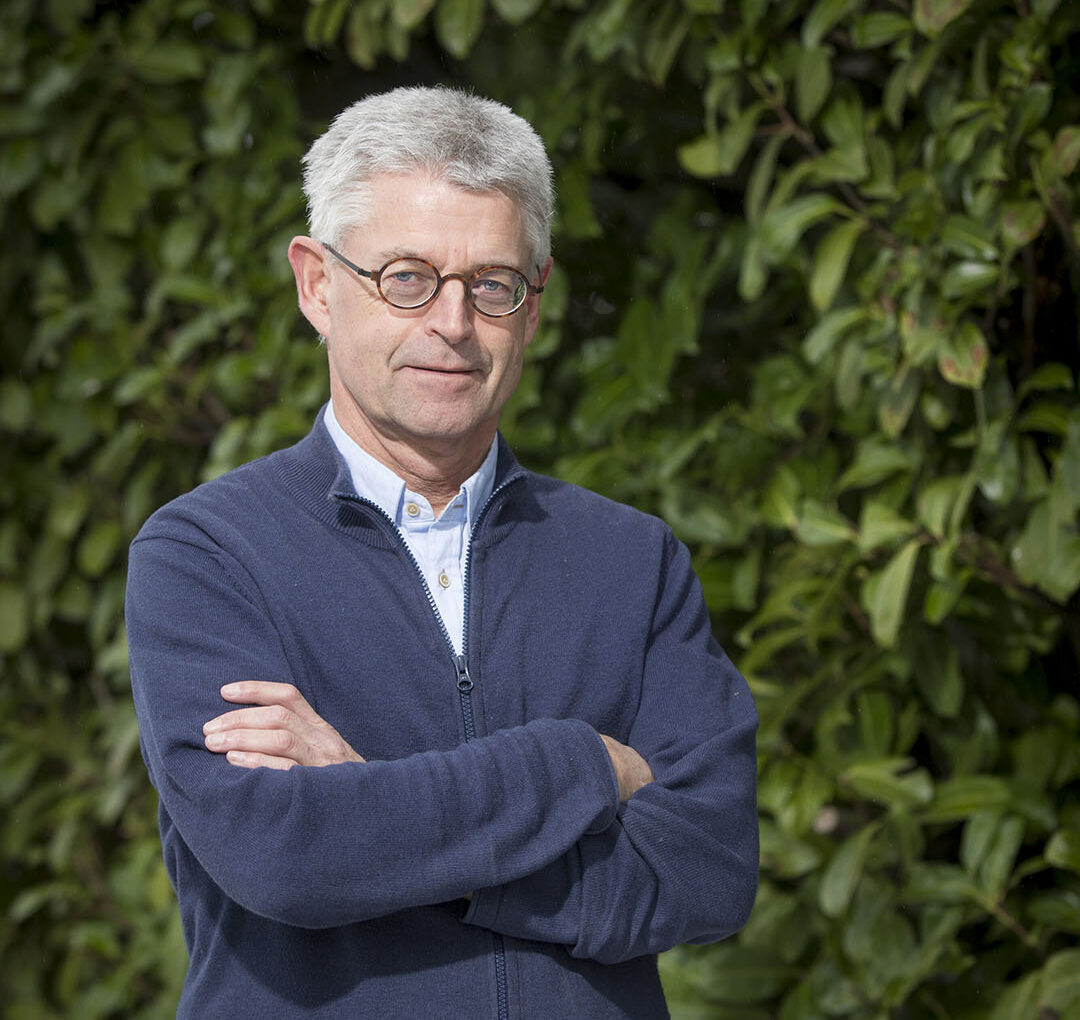Welfare, sustainability and environment take centre stage at WPC 2022

The long-awaited 2022 World Poultry Congress was recently held in Paris. After 2 years delay due to the pandemic, scientists, researchers and commercial representatives of the leading institutions and companies gathered to exchange knowledge and ideas and, more importantly, meet face-to-face to discuss the hot topics in the poultry industry.
Quite overwhelming: that’s what can be said about the overall WPC 2022 experience. Organised by the French branch of the World’s Poultry Science Association, the event provided 5 days of plenary and parallel sessions, side events and, of course, the all-important poster presentations.
“It was a very challenging task to schedule all the entries for the scientific programme,” said Michèle Trixier-Boichard, chair of the 26th edition of the World Poultry Congress. She noted that the postponement of the event (twice) led to 3 sets of submissions for abstracts. “Really impressive. In the end we published not 1 but 2 books of abstracts, as the need to share scientific results is huge. Luckily this important work continued during the pandemic and authors had the time to finish their abstracts and submit them to us. I always promote submission as in our world, without publications you don’t exist.”
In setting the framework for the congress which started after the previous edition in China in 2016, the main topics soon became clear. Together with Michel Duclos, chair of the scientific committee, and Christophe Bostvironnois, president of WPSA France, Michèle Tixier-Boichard wanted to highlight welfare in the broadest sense, sustainability and environment. “We see that there is a lot of interaction between these themes and we need events like ours to bring the different disciplines together. The challenge to meet future needs is so complex that all stakeholders must be onboard.”
One of the main questions the industry and society as a whole needs to answer is how to weigh the elements of planet, people and profit. Tixier-Boichard: “In the end this will be a question for politicians but we have the science to provide the right input. We need more welfare, we need to be more sustainable and we need to take care of our environment, but we also need to feed a growing world population. Moving forward, trade-offs will have to be made.”

The chair of WPC 2022 believes that this is where further research has to be done. “I have seen many detailed and high quality presentations on the poultry industry’s impact on the environment. That said, we need science on adaptation and its effects as well, in the context of both nature and farm economics.”
Welfare economics
If there was anyone at the WPC who knows about economics, it was Peter van Horne. The economist at Wageningen University and newly-chosen secretary general of the WPSA focused on the global challenges for the economics of the poultry sector. Van Horne reported that global poultry meat and egg production had shown an impressive increase over the last 15 years, with a 65% and a 50% increase, respectively.
Van Horne: “Projections for 2028 show a further increase in eggs and poultry meat by about 3.5% year-on-year. The outlook for 2028 shows a higher annual growth for poultry meat compared to pork and beef.”
He continued: “For both layers (battery cages) and broilers (fast growing breeds) the most efficient production system dominates worldwide. The housing of layers is criticised in some parts of the world for animal welfare reasons. In terms of sustainability, animal welfare is just one aspect to be considered. Social aspects, as well as environmental and economic factors need to be included as well.”
Based on several indicators to quantify sustainability, a comparison was made for cage, barn, free-range and organic egg production. Cage production had the highest score for the environmental dimension, whereas free-range production gave the highest score for the social dimension. For the economic dimension enriched cages had the highest sustainability score against a 20% higher cost level for free-range systems. According to Van Horne we cannot go all-in on welfare alone. There needs to be a balance as we already see people moving away from expensive chicken now that food prices are rising so sharply.”
Environmental impact
As Van Horne already mentioned, poultry meat accounts for most of the growth in meat production, particularly in low and middle-income countries. Ermias Kebreab of the Department of Animal Science at the University of California knows that as the demand for poultry products grow substantially, even more pressure will be put on the environment. Kebreab looked at poultry production in intensive systems and mitigation options to reduce its impact on the environment.
He investigated the environmental impact of using synthetic amino acids in poultry production through a life-cycle assessment in four impact categories, including global warming potential, eutrophication potential, acidification potential and primary energy demand. Ammonia emissions to air, and nitrate and phosphate emissions to water were the predominant drivers for eutrophication.
Most interestingly, Kebreab reported that the eutrophication potential of synthetic AA unsupplemented diets was reduced by up to 49% in broiler production systems compared to AA supplemented alternatives. Together with reducing protein levels, poultry production can indeed make major strides towards becoming more sustainable.
Welfare commitments
Committing to sustainability schemes and welfare programmes is not something that poultry producers shy away from. That said, Karen Schwean-Lardner and Anne-Marie Neeteson did advocate for a comprehensive list of outcome-based key welfare indicators (KWIs) with standardised measurement instructions that could be used for different poultry species and at different production stages. They are involved in a multi-stakeholder initiative, a new resource created by the International Poultry Welfare Alliance, the IPWA KWI Guide.
This guide is being released to the public to support improvements in poultry welfare and create an opportunity for consistency in the way that poultry welfare is assessed globally. Their message is very clear: “Welfare is overwhelming many of us but it is essential we continue to improve on our welfare KWIs. However, we need KWIs to be able to distinguish between perceived welfare and animal-based welfare.”













